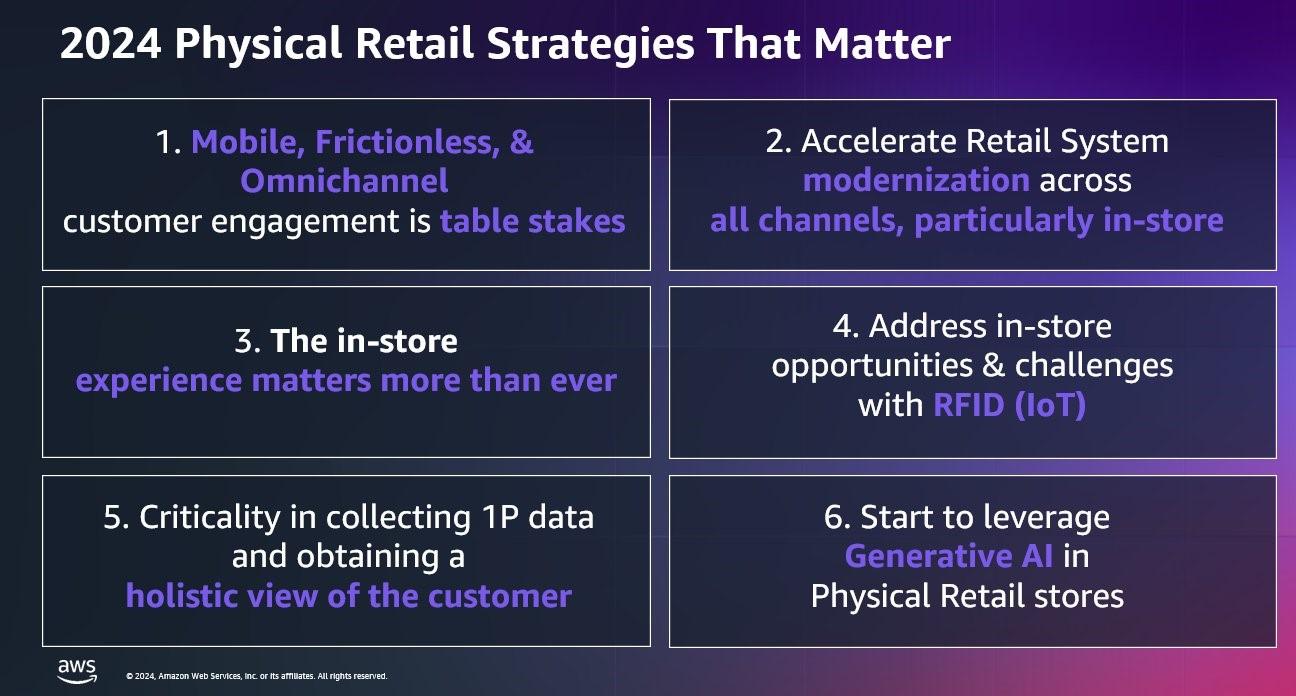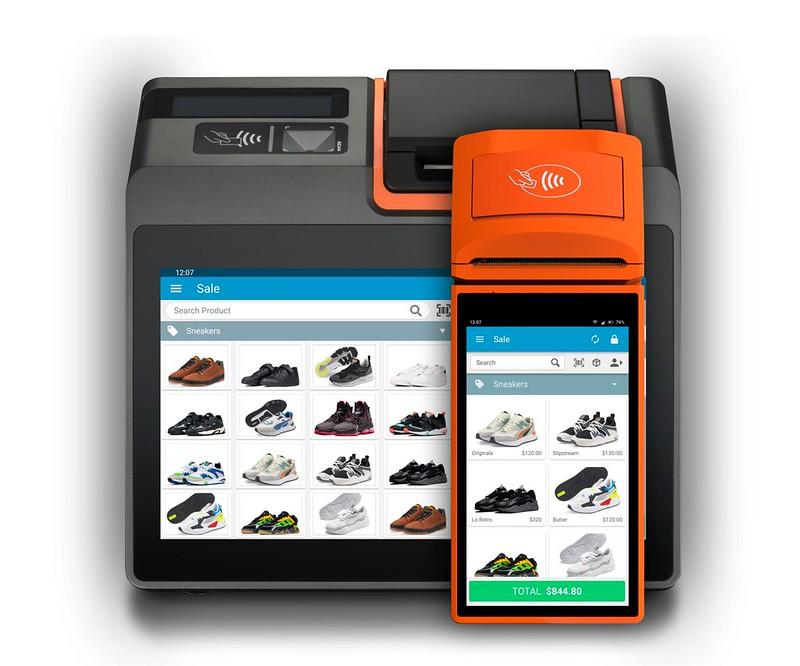
As a retail business owner, you understand the importance of having a seamless and efficient point of sale (POS) system in place. A good POS system can make all the difference in providing excellent customer service, managing inventory, and driving sales. In this complete guide, we’ll take you through the world of POS systems, exploring their benefits, features, and practical tips for implementation.
Introduction to Point of Sale Systems
A point of sale system is the central component of any retail business, enabling you to process transactions, manage inventory, and track sales. It’s the hub of your store’s operations, and a well-chosen POS system can revolutionize the way you do business. With a wide range of options available, from traditional cash register systems to modern cloud-based POS solutions, it’s essential to understand the features and benefits of each to make an informed decision.
Benefits of a Modern Point of sale System
A modern POS system offers numerous benefits,including:
- Streamlined transactions: Process transactions quickly and efficiently,reducing wait times and improving customer satisfaction.
- Inventory management: Accurately track stock levels, automate reordering, and minimize stockouts and overstocking.
- Sales tracking and analytics: Gain valuable insights into sales trends,customer behavior,and product performance.
- Enhanced customer experience: Offer personalized service,loyalty programs,and targeted promotions to increase customer loyalty and retention.
- Integration with other systems: Seamlessly integrate with e-commerce platforms, accounting software, and other business systems to streamline operations.
Key Features of a Point of Sale System
When selecting a POS system, consider the following key features:
| Feature | Description |
|---|---|
| Inventory management | Accurate tracking of stock levels, automate reordering, and minimize stockouts and overstocking. |
| Sales tracking and analytics | Gain valuable insights into sales trends, customer behavior, and product performance. |
| Customer management | Store customer information, track purchases, and offer personalized service and loyalty programs. |
| Payment processing | Secure and efficient payment processing, including credit card, debit card, and mobile payments. |
| Integration with other systems | Seamless integration with e-commerce platforms, accounting software, and other business systems. |
Practical Tips for Implementing a Point of Sale System
Implementing a new POS system can be a daunting task, but with these practical tips, you’ll be well on your way to a seamless transition:
- Define your requirements: Identify your business needs and goals to ensure you select a POS system that meets your requirements.
- Choose a scalable system: Select a POS system that can grow with your business, adapting to changing needs and circumstances.
- Train your staff: Provide comprehensive training to ensure your staff is comfortable and confident using the new POS system.
- Test and pilot: Test the POS system thoroughly and pilot it in a small area before rolling it out across your entire business.
- Monitor and evaluate: Continuously monitor and evaluate the performance of your POS system,making adjustments and improvements as needed.
Case studies: Real-World Examples of Successful Point of Sale System Implementations
Let’s take a look at some real-world examples of successful POS system implementations:
- Example 1: Retail Clothing Store: A retail clothing store implemented a cloud-based POS system, resulting in a 25% increase in sales and a 30% reduction in inventory costs.
- Example 2: Restaurant Chain: A restaurant chain implemented a mobile POS system, resulting in a 15% increase in table turns and a 20% reduction in wait times.
- Example 3: Specialty Food Store: A specialty food store implemented a POS system with integrated inventory management, resulting in a 40% reduction in stockouts and a 25% increase in customer satisfaction.
First-Hand Experience: What to Expect When Implementing a Point of Sale System
Implementing a new POS system can be a complex and time-consuming process, but with the right guidance and support, you can navigate the challenges and reap the rewards. Here’s what you can expect:
- Initial setup and training: Expect to spend several days or weeks setting up the POS system and training your staff.
- Data migration and integration: Be prepared to migrate data from your old system and integrate the new POS system with other business systems.
- Ongoing support and maintenance: Ensure you have access to ongoing support and maintenance to address any issues or concerns that may arise.
Conclusion
A well-chosen point of sale system is the key to unlocking the full potential of your retail business. By understanding the benefits, features, and practical tips for implementation, you’ll be well on your way to revolutionizing your retail operations and driving business success. Remember to define your requirements,choose a scalable system,train your staff,test and pilot,and monitor and evaluate to ensure a seamless transition to your new POS system.
With the right POS system in place, you’ll be able to streamline transactions, manage inventory, and track sales with ease. You’ll also be able to enhance the customer experience, offer personalized service, and drive customer loyalty and retention. Don’t settle for an outdated or inefficient POS system – invest in a modern, cloud-based solution that will take your retail business to the next level.
Meta title:
Meta description: Discover the benefits and features of point of sale systems and learn how to implement a modern, cloud-based solution to revolutionize your retail business.



